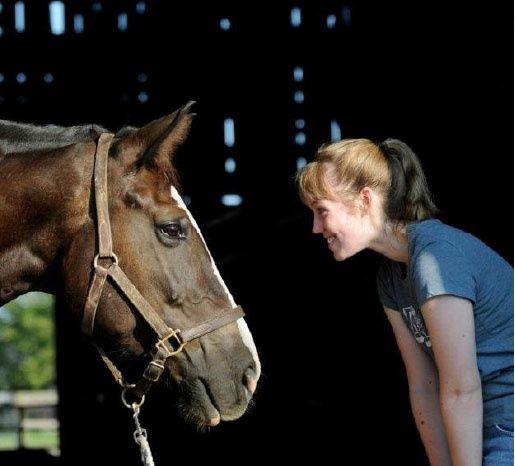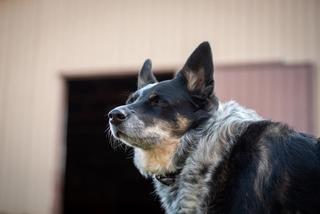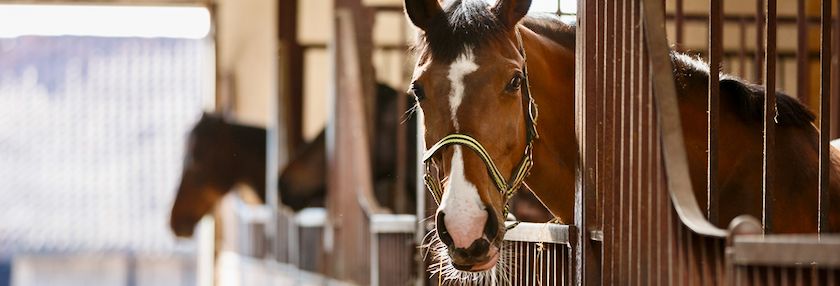Listen UP, Your horse can talk to you – No, really!
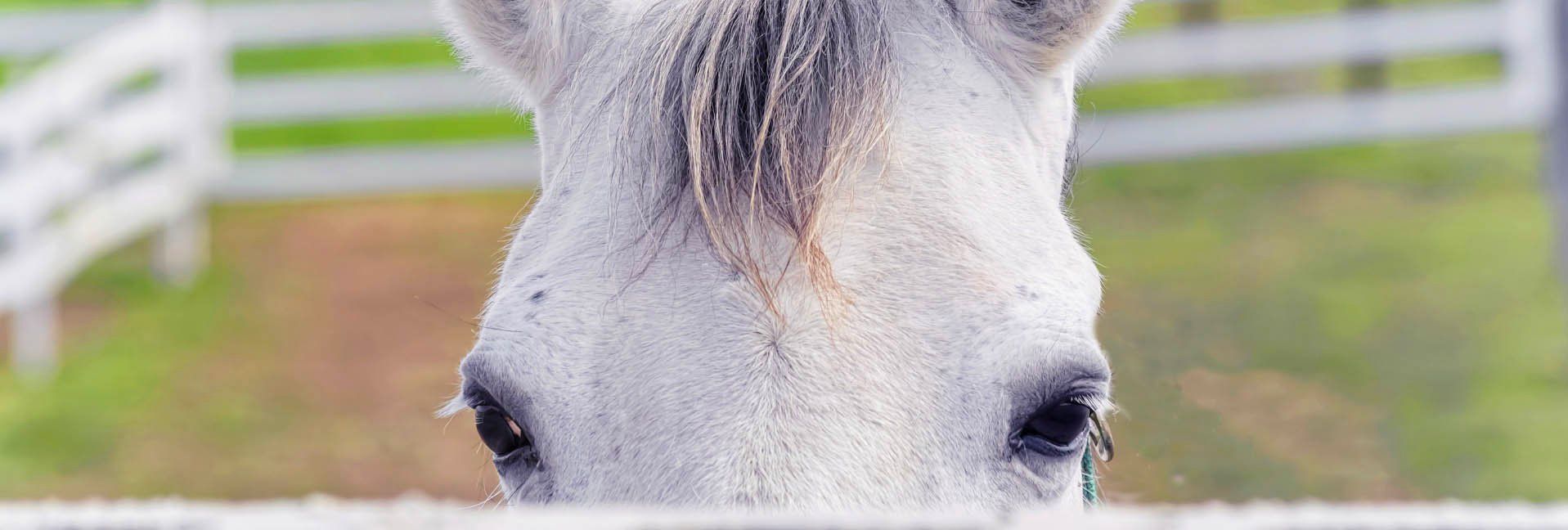

Many of us who love horses grew up watching Disney movies or Mr. Ed, and reading children’s stories with talking animals. So for me it was a little disappointing to grow up and learn horses don’t, in fact, speak English, no matter how closely you lean in and whisper to them.
What I did learn from growing up around horses is they have their own way of speaking. If you know what to look for, horses put a lot of information out every second about what they’re feeling, where their attention is, and what they’re about to do next. For me, reading a horse’s body is similarly intuitive to looking into a person’s face and gauging how they feel. If you’re still relatively new to horses, it can be easy to miss subtle comments from them.
Learning a horse’s body language is more than just a novel way to feel connected with a large, majestic animal – it can help keep you safe, solve a training or handling issue, or even help clue you in to a horse who may feel a little unwell.
The ears have it
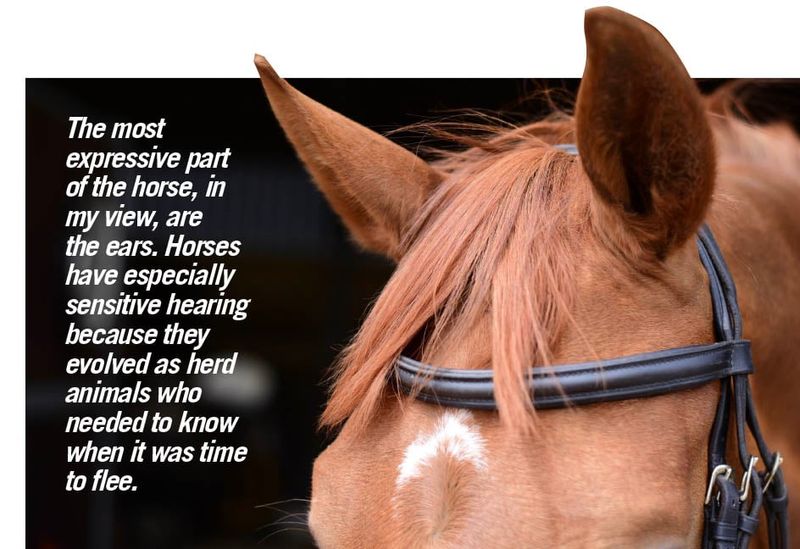
The most expressive part of the horse, in my view, are the ears. Horses have especially sensitive hearing because they evolved as herd animals who needed to know when it was time to flee.
You’ll want to take note of the angle of a horse’s ears to the head, as well as their orientation. Ears firstly indicate the direction a horse’s attention is focused—in front or behind. The angle of the ears tells you something about the horse’s intensity of focus: ears that are standing up or rotated back but mostly upright are probably indicative of a calm horse.
The more severely ears are rotated back, or especially if they are flattened against the back of the head, the more irritated, aggressive, or frightened the horse may be feeling. (I think of it like a person with a furrowed brow.) This may be a reaction driven by pain or fear; horses will often pin their ears when chasing a rival away in the field, but they may use this ear stance to show something on or behind their body is causing the discord. Remember that if this is the case, the horse is likely to try to escape the source of pain or fear, which is why it’s helpful to identify what is causing their distress, so you can work around or anticipate the issue.
Pricked ears, which are pointing as far forward as they can, usually show a horse who is intently focused on something, usually something ahead of them. This could be a prequel to a spook, or could be a horse eagerly awaiting a treat.
Droopy ears may belong to a sleepy horse (whose eyes will be half-closed and whose lower lip may be wobbling in relaxation) or could belong to a horse in pain or suffering from fever. Usually, a sleepy horse will perk up when you approach him – particularly if you come bearing treats. Sick horses often don’t.
Look at how quickly the ears are moving, too. Ears flitting back and forth, one at time or together, show a horse whose attention is all over the place—which may mean he’s feeling especially reactive, and also that he may not be particularly aware of you.
So do the eyes
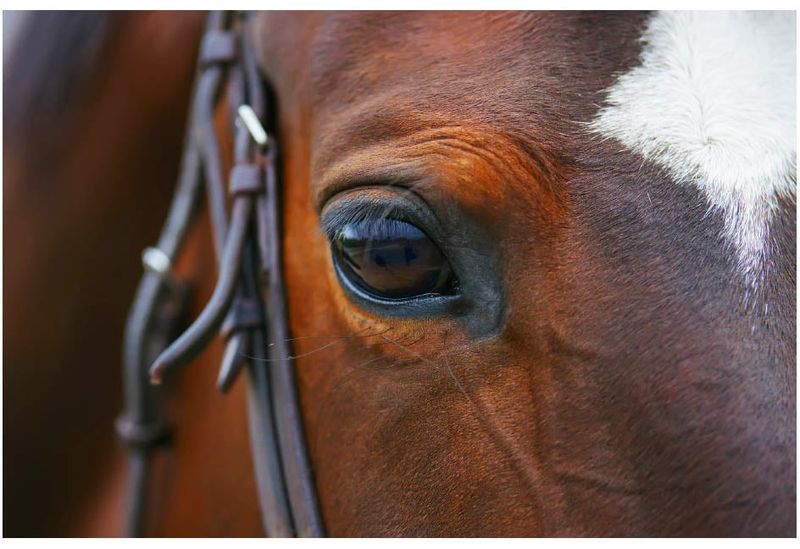
The way horses use their eyes is a bit more similar to dogs—widened eyes where you can see the white (sclera) are a sign a horse is frightened.
Researchers have recently begun looking at whether a horse’s face, specifically their eyes and ears together, can show us whether they’re in pain. A study from investigators in Sweden and Denmark found that horses experiencing pain tended to swivel their ears slightly back and even developed a crease and slight right angle at the upper corner of their eyes.
Other things to watch
Horses also have a surprisingly strong sense of smell. Unlike cats and dogs, who investigate a new smell by pressing their faces to it, horses will keep their distance and flare their nostrils to take in more air. They often snort to expel this air quickly and take more in as they try to learn what the new smell is. This is usually a deeper, raspier sound than the trill of a nicker or a sneeze, the former being a verbalization and the latter being, well, a sneeze.
A horse’s body will tell you a lot about his feelings, too. An alert or frightened horse will have visible tension in his muscles (sometimes resulting in trembling, if he feels very threatened), and will draw himself up, raising his head to appear taller in case he needs to intimidate. A relaxed horse will lower his head, and maybe even lift one hind leg off the ground slightly, relaxing it onto the point of one toe in preparation for a nap.
If you know how to put the many cues together, you may find your horse is actually telling you a lot…without ever saying a word.
Tags:Horse Sense

Acreage Life is part of the Catalyst Communications Network publication family.







